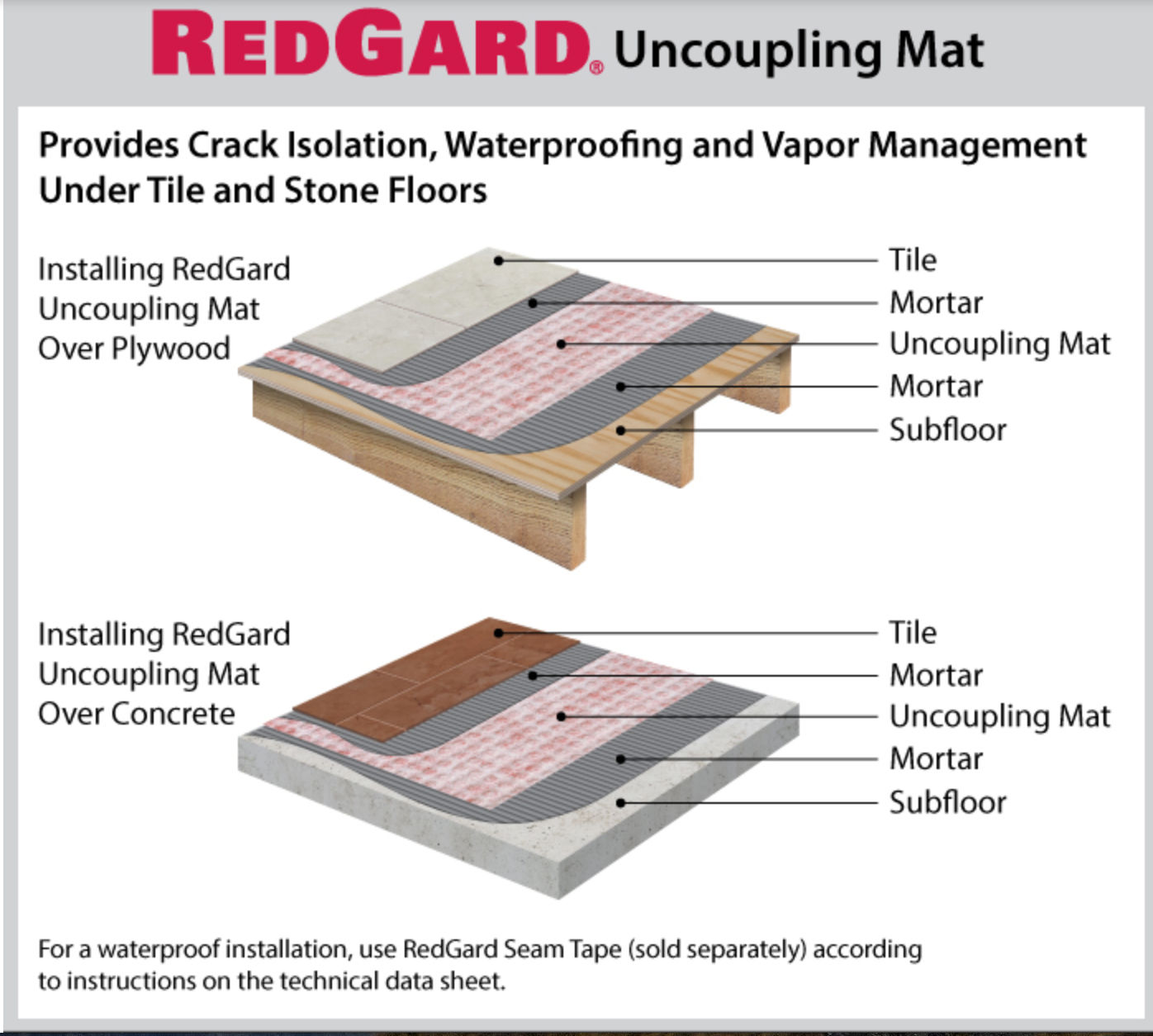After your foundation footings are built your basement walls are poured so that they slot into a keyway.
Pack bentonite between basement floor and foundation wall.
This helps keep them properly aligned.
This doesn t happen because the wall itself is leaking water or because the basement floor has low points around the edges.
Like you i have never heard of the use of bentonite on the interior side of a basement wall.
Sep 30 2015 by matthew stock.
If the slab is touching the stem walls.
The high bonding bentonite clay expands into the structure s cracks and fissures forming a watertight membrane from below grade to the structure s footer.
That is reason enough at least for me not to try it.
One of the most common places to find water in a residential basement is in a puddle right next to the wall.
There are standard measures available.
Leaking cracks in basement walls are a fairly common problem.
When your walls have cured the basement floor itself is then poured.
A simple and effective method of sealing off the leak is with the use of bentonite.
3 years ago to inject my basement wall over 10 times with bentonite and.
This leaves a small gap between the floor and the walls known as the cove joint.
The crack between the basement slab floor and the basement wall.
Don t seal the gap between basement wall and floor to keep out water.
When the slab or basement floor is directly adjoining the stem foundation wall sitting upon the footing it is subject to the same movement that the wall is.
For example almost all basement waterproofing companies will use sodium bentonite to seal a seeping wall crack that is inaccessible from inside the basement and therefore cannot be injected with expanding polyurethane.
During wet weather high hydrostatic pressure can easily force water up through cracks in the basement floor and along the floor to wall joint.
If there is no drain tile outside the foundation fixing the crack may develop into a frustrating experience.
The process of bentonite injection has been around commercially for more than 80 years and was a prime method for sealing earthen dams and maintaining cofferdams for temporary water containment.
The bentonite clay mixes with the soil and expands up to 1 foot away from the external foundation wall which limits moisture from penetrating the wall in the first place.
The corner leaks along floor wall joint due to exterior cracks and some other openings between top of wall and bricks.



















